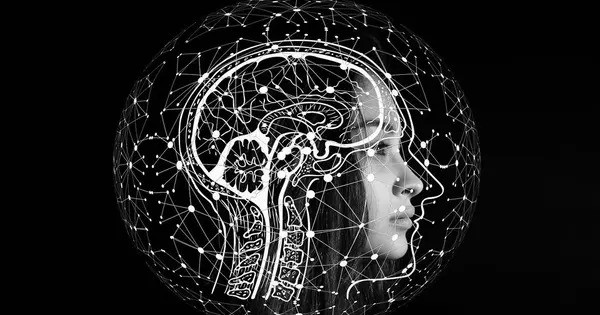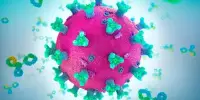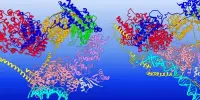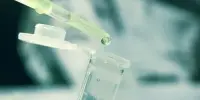Dyslexia is a common learning difficulty in which genes often play a role. How do genes associated with dyslexia relate to brain structure in the general population? In a large-scale study published in Science Advances, a team of scientists led by the Max Planck Institute for Psycholinguistics in Nijmegen found that genetic variants that increase the chance of dyslexia were associated with differences in brain areas involved in motor coordination, vision, and language.
Around 5% of school-age children have severe difficulties in learning how to read and/or spell, a condition known as dyslexia. “Dyslexia is partly influenced by genes and quite strongly heritable,” says first author Sourena Soheili-Nezhad. “Yet, dyslexia is a complex trait, which cannot be explained by changes in a single brain region or a single gene. Studying exactly which genes affect which brain networks can help to understand how cognitive functions develop differently in this learning difficulty.”
Genetic chance of dyslexia
To investigate how the genetic contribution to dyslexia is related to brain structure, Soheili-Nezhad and his team undertook a large-scale genetic study. The researchers used data from more than a million people collected by the company 23andMe, which revealed many genetic variants that increase the chance of a person having dyslexia.
For more than 30,000 adults from a large database (the UK Biobank), the researchers could then calculate ‘polygenic scores’ for dyslexia and link them to brain scans. Even though there was no information on which people had dyslexia in the UK Biobank database, the genetic disposition to dyslexia varied across adults and could be linked to specific parts of the brain.
Understanding the brain basis of dyslexia could also possibly help to achieve earlier diagnosis and educational intervention in the future, with more targeted strategies suited to the profiles of individual children.
Soheili-Nezhad
Internal capsule
A higher genetic chance of dyslexia was associated with lower volume in brain areas involved in movement coordination and processing of speech sounds. In contrast, dyslexia-related genetic variants were associated with increased volume in the visual cortex.
The researchers also observed differences in a white matter bundle deep inside the brain, called the internal capsule. In this brain area, white matter density was associated with genetic influences not only on dyslexia but also on educational attainment, fluid intelligence and attention deficit/hyperactivity disorder (ADHD), traits that are correlated with dyslexia.
Brain development
“These results are consistent with dyslexia as a complex trait that can involve a combination of altered cognitive processes,” explains Clyde Francks, senior author of the study. “Although our study used data from adults, some of the brain changes probably relate to altered development of the brain during early stages of life, for example in the fetus or during infancy, which then remain stable across the lifetime. Other changes might reflect responses of the brain to decades of altered behaviour in people with higher genetic disposition to dyslexia. For example, years of avoiding reading in personal and professional life might impact the brain’s visual system.”
Cause or consequence?
In future studies, the researchers plan to use data from children or adolescents instead of adults, to study more closely which brain changes are involved in causing dyslexia, as opposed to being downstream consequences of having the trait.
“Understanding the brain basis of dyslexia could also possibly help to achieve earlier diagnosis and educational intervention in the future, with more targeted strategies suited to the profiles of individual children,” concludes Soheili-Nezhad.















